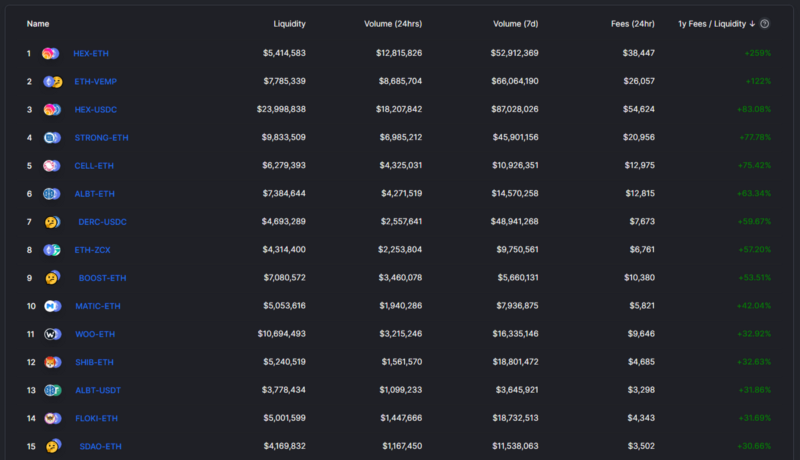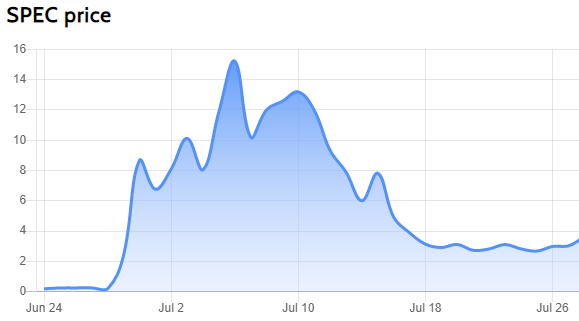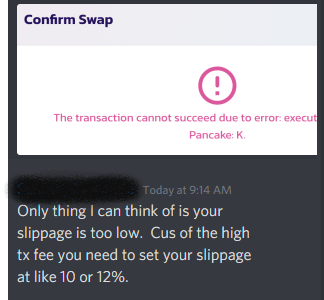Is compound interest the greatest force in the universe?

Using Decentralized Finance (#DeFi) yield aggregators is a way to make compound interest work for you.
If you need it, check out our previous explanation of simple and compound interest. This post was originally published on Savage Corner. Subscribe for free.
What is a Yield Aggregator?
Initially popularized by YFI, there are tons of yield aggregators available. An aggregator lets you invest into yield farms on other platforms, and then automatically sells the yield farming rewards and reinvests them into the yield farm. This regular compounding could give you a total return substantially higher than the base APR of the original yield farm. In addition, many aggregators will also give you their own yield farming token.
What can you earn?
With a yield aggregator, there are basically four sources of potential returns.
- The investment returns (gain or loss) on the core positions. In two asset pools, you will be impacted by the token price action on both sides of the pool. You may also experience some “impermanent loss” (IL) if one side significantly outperforms the other. IL is effectively the opportunity cost of being in an LP instead of holding the asset individually — as one side of the pool begins to trend, you gradually sell off your holdings, leaving you with a big bag of the underperforming token. In my experience, the price action of the tokens in the pool is actually the dominant factor — a crashing token price will leave you with a big bag of worthless tokens, even if you’re collecting a high APR on the position.

It takes a long time for 4% daily returns to save you from a 40% price decrease, even with compounding
- LP fees. In a multi-asset pool, traders pay a swap fee to trade between assets in the pool. On Uniswap v2 (and most other swap markets), the trade fees are 0.30%. If there is a lot of trading activity in the pool, the potential return just from LP fees can be substantial. Without a lot of trading volume, the LP fees might be insignificant.

‘Hot’ trading pairs can have high ‘APR’ just from swap fees!
- Yield farming rewards. As projects get started, they frequently offer liquidity incentives (yield farming rewards) in their own protocol token. The yields for yield farming depend on how much TVL has been collected, along with the inflation rate and token release schedule (tokenomics) of the project. It’s important to remember that yield farming rewards indicate the token is inflationary, so the token release schedule may also impact your price action (back to item 1).

We covered this protocol</a href> a couple of months ago
- Yield aggregator farming rewards. Many yield aggregators will include their own token as an incentive to attract users. Project tokenomics are relevant here too, but now you have to consider the tokenomics for the yield aggregator. That’s a lot of tokenomics to consider! In addition, the yield aggregator might include lock-in periods before the rewards can be unstaked. You might be seeing a high APR now, only to have the tokens plummet in value before you can sell them. In the example shown below, your APR at almost every period was overstated, because the tokens were worth substantially less by the time you could sell them.

Can you guess the unlock schedule from this chart?
What does it cost?
Fee structures are as diverse as yield aggregators. They come in five basic flavors.
Deposit fees. These are common with mutual funds in traditional finance (TradFi) and are called ‘load’ fees. These are front-end fees taken out of your deposit. If you deposit $100 into an aggregator with a 4% deposit fee, it immediately takes a $4 cut and only puts $996 to work for you.
Withdrawal fees. These come out the back-end… the yield aggregator might put your money to work right away, and then take a big cut when you cash out. Both deposit and withdrawal fees can add up quickly if you’re jumping around a lot, chasing yield.
Management fees. This is a regular cut from the assets in the pool. While management fees are common in TradFi, I have not seen them popping up much in DeFi. If you have see an unfamiliar fee, it could be this (or point me to the documentation and I can figure out what type- maybe a new flavor of fee I haven’t seen before?)
Performance fees. Since the yield aggregator is claiming your rewards from the yield farm, it’s easy for it to divert a sliver of them to its own treasury (either DAO-managed or waiting for founders to rug pull). These are usually assessed only on the rewards from the yield farm.
Token transfer fees. These are pretty uncommon, but I have seen them popping up more frequently lately. In my honest opinion, they are designed to take advantage of ‘easy money’ — the “degens” that ape into everything without looking. Token transfer fees can ‘tax’ your holding every time you trade or even transfer the token. Definitely something to avoid if you move your money around frequently.

So that’s a 10% token transfer fee?!!?
It’s quite possible for a yield aggregator to assess all 5 types of fees, and have them add up to a chunky portion of your total returns. Always dig into the documentation (or read the smart contracts) to get a clear idea of fees before jumping in.
Conclusion
Yield aggregators are a great way to make or lose a lot of money very quickly. As there are several different sources of return, and several different types of fees, the tokenomics around yield aggregators can be incredibly complicated. If you are good at reading the price action, disciplined in your approach, and good at checking for read flags before jumping into a project, they are a powerful tool. They make it ‘easy’ for new DeFi investors, but ‘easy’ doesn’t inherently mean profitable. Take your time to get comfortable with projects before aping in, or limit your positions sizes and be prepared to take a lot of losses for each win.
If you found this interesting, hit subscribe! If you found it helpful, please forward to somebody you care about, or hit that reblog button!
 </a href>
</a href>Not financial or tax advice. This newsletter is strictly educational and is not investment advice or a solicitation to buy or sell any assets or to make any financial decisions. This newsletter is not tax advice. Talk to your accountant. Do your own research.
Disclosure. From time-to-time I may add links in this newsletter to products I use. I may receive commission if you make a purchase through one of these links. Additionally, the Savage Corner writers hold crypto assets and actively trade in certain markets.
Posted Using LeoFinance Beta
Congratulations @josephsavage! You received a personal badge!
You can view your badges on your board and compare yourself to others in the Ranking
Check out the last post from @hivebuzz:
Congratulations @josephsavage! You received a personal badge!
You can view your badges on your board and compare yourself to others in the Ranking
Check out the last post from @hivebuzz:
Congratulations @josephsavage! You received a personal badge!
Thank you for your participation in the HiveFest⁶ Meetings Contest.
We truly hope you enjoyed HiveFest⁶ and it's been our pleasure to welcome you in the AltspaceVR world.
See you next year!
You can view your badges on your board and compare yourself to others in the Ranking
Check out the last post from @hivebuzz:
please consider reviewing your witness votes